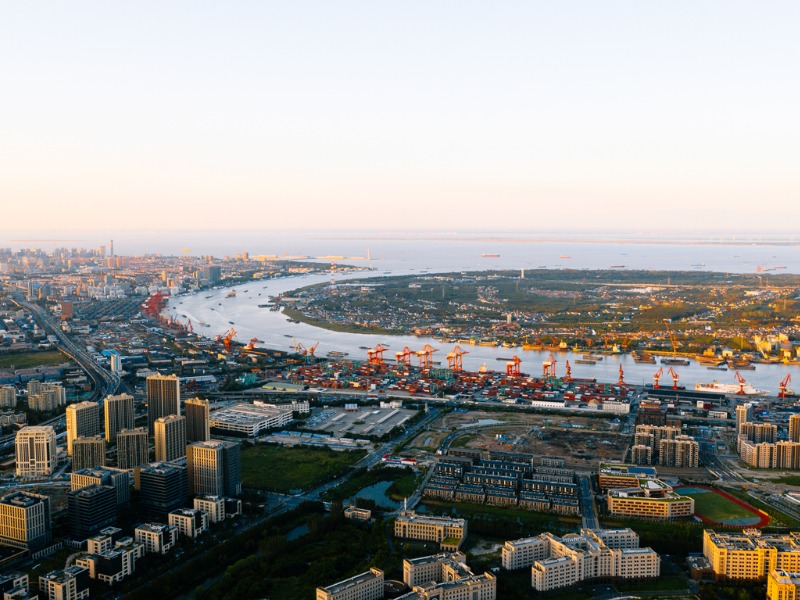
China’s faster than expected recovery after abandoning its policy of severe public health restrictions will drive higher global economic growth, says Goldman Sachs Research.
In a new report, the firm’s analysts boosted their forecast for China’s GDP growth to 6.5% in 2023, and indicated that the sharp recovery and robust domestic demand in China could add one percentage point to global GDP this year.
“The global growth backdrop has brightened,” the report noted.
“While we already expected most major economies to avoid recession and China to see a growth rebound from an end to zero-Covid, the more rapid pace of China’s reopening since then — along with a waning drag from global financial conditions and lower European gas prices — has prompted us to upgrade our expectations further,” it said.
China’s strong recovery will affect global growth through several channels, Goldman said, including resurgent demand in China due to reopening, increased international travel, and stronger commodity demand.
“Our economists estimate that reopening should increase domestic demand by up to 5% in China,” it said, adding that this should bolster GDP in Asia-Pacific economies that export to China.
At the same time, this will likely drive demand for commodities, particularly oil.
“Our commodities strategists estimate that Chinese oil demand could recover by at least 1 million barrels per day, boosting Brent oil prices by roughly US$15 per barrel,” it said, adding that increased travel could drive prices even higher.
This boost in demand and prices should benefit oil exporters such as Canada, it noted.
Alongside the direct spillover effects from stronger than expected growth China, the broader effects of easier global financial conditions and enhanced global trade are also boosting the global outlook, the report suggested.
These stronger growth trends may also stoke global inflation, it cautioned.
While higher output itself may be inflationary, this should be offset by easing supply disruptions, the report noted — however, higher commodity prices would more directly drive headline inflation, particularly in emerging markets.
“The clear risk from reopening is that stronger growth could lead inflation to surprise to the upside later this year,” the report said.
“As a string of mostly downside inflation surprises have driven an easing in global financial conditions and enabled central banks to slow the pace of rate hikes in recent months, a larger inflation impulse from reopening may force central banks to hike rates further than markets currently expect to keep growth below potential and remain on track to tame inflation,” it noted.